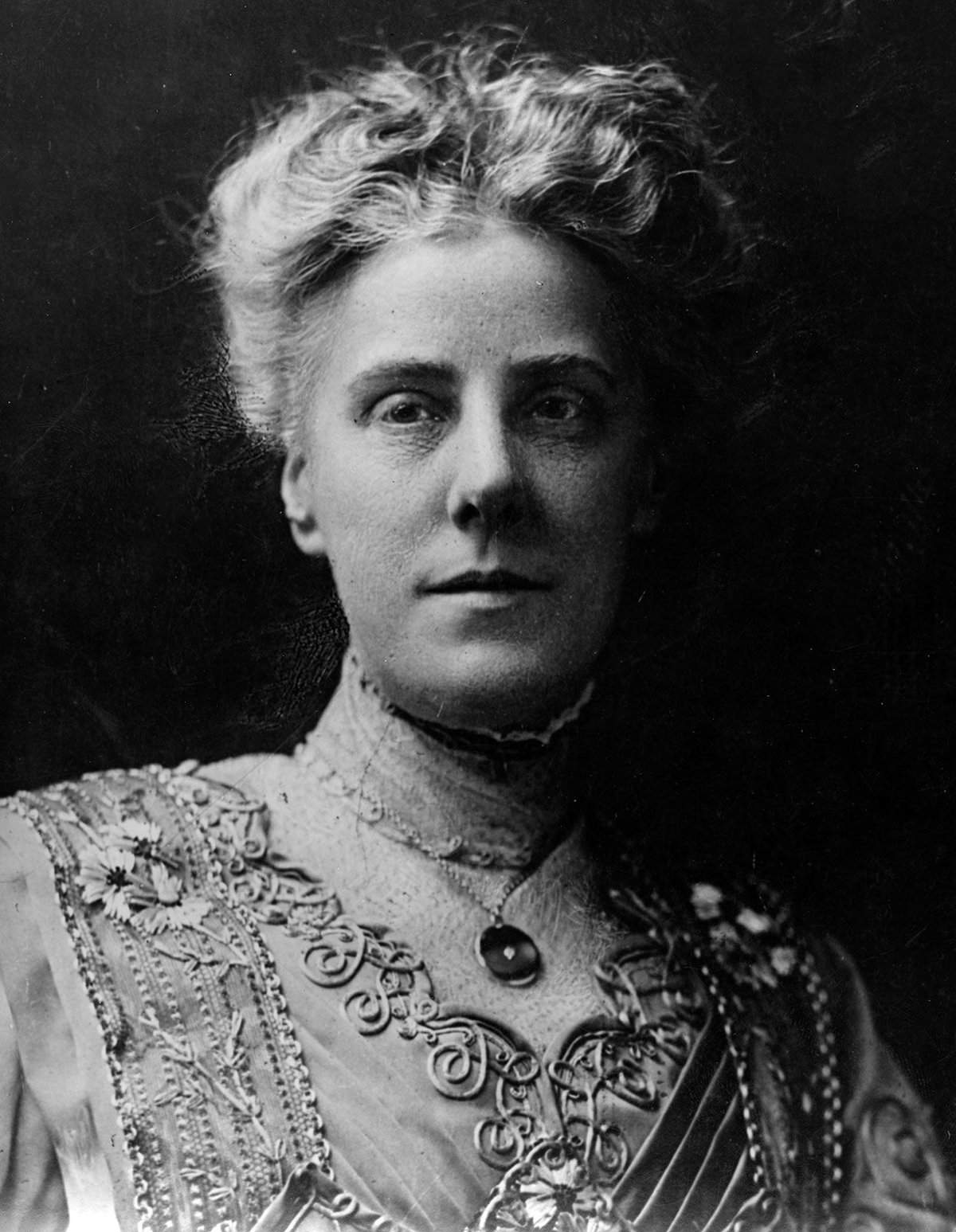A Blossoming Celebration: Tracing the Roots of Mother’s Day
Oh, lovely parents and history enthusiasts alike! Have you ever wondered how the delightful celebration of Mother’s Day sprang to life? It’s a day awash with flowers, heartfelt notes, and the warm, fuzzy feeling of honoring our wonderful moms. But don’t you think it’s fascinating to unravel how this tradition began? Grab a cup of your favorite tea, and let’s embark on a sentimental journey through time to discover the roots of Mother’s Day.
The Sentimental Seed: Early Beginnings
The story of Mother’s Day is like a beautiful garden—it has its roots buried in rich, historical soil. Long before it became the day of pampering and appreciation we know today, cultures around the world held festivals and events to honor motherly figures and maternal deities. In ancient Greece and Rome, for instance, festivities were dedicated to maternal goddesses, like Rhea and Cybele. These celebrations were steeped in tradition and reverence, reflecting society’s acknowledgment of the importance of motherhood.
A Mother of a Movement: Ann Reeves Jarvis
Fast forward to the 19th century, and you’ll meet a supermom named Ann Reeves Jarvis. She’s a key player in the origin story of Mother’s Day. Ann organized “Mothers’ Day Work Clubs” in West Virginia, aiming to teach local women how to properly care for their children. These clubs were crucial, especially during a time when infant mortality was high due to unsanitary conditions and a lack of medical knowledge.
From Mourning to Celebration: The Influence of Ann’s Daughter, Anna Jarvis
After Ann’s passing, her daughter, Anna Jarvis, conceived the idea of a special day to honor all mothers, living and deceased. Anna envisioned a personal, intimate celebration that focused on the sacrifices mothers make for their children. It was Anna’s perseverance and advocacy that ultimately led to the official establishment of Mother’s Day.
A Blossoming Recognition: The Official Declaration of Mother’s Day
Anna’s vision for a day to celebrate mothers gained traction, and her tireless campaign eventually caught the attention of influential leaders. In 1914, President Woodrow Wilson officially proclaimed the second Sunday in May as Mother’s Day in the United States. This proclamation wasn’t just a victory for Anna Jarvis; it was a recognition for all mothers and the invaluable roles they play in our lives.
Parents, as you read this, it’s essential to note that while Mother’s Day began as an American holiday, it’s spirit of gratitude and recognition quickly spread across the globe. Different countries may have their unique twists and traditions, but the core sentiment of honoring motherhood is universal. Whether it’s breakfast in bed, a handmade card, or a simple hug, the ways we celebrate this special day may vary, but the love and appreciation we express for our mothers remain constant.
And so, dear readers, we continue to cherish this day that blooms every May, a day where mothers everywhere bask in the love and adoration they so rightfully deserve. From its humble beginnings to the worldwide jubilation it has become, Mother’s Day stands as a testament to the enduring legacy of mothers throughout history. As we prepare to shower them with love, let’s remember the enduring spirit that sparked this global tradition, and let’s keep that spirit thriving, nurturing it as passionately as our mothers have nurtured us.
Now that we’ve potted the seeds of Mother’s Day history, let’s water them with more insights and fun facts. Join us as we delve deeper into how this day evolved over the years, its symbols, and the tradition of gifting that accompanies it, ensuring every moment spent on this day reflects the gratitude we harbor for our dear moms.

5 Things Parents Should Know in Preparing for Mother’s Day
As parents, you play a pivotal role in orchestrating the festivities for Mother’s Day, creating moments that are cherished for a lifetime. Let’s illuminate the facets that must be known while you prepare to make Mother’s Day an unforgettable experience.
1. Traditions Vary, So Embrace Your Unique Celebration
Traditions for Mother’s Day can differ remarkably across the globe, from the United States, where flowers and cards are customary, to Ethiopia, where families gather to sing songs and enjoy a large feast as part of Antrosht, a multi-day celebration. Understanding these differences can inspire you to weave a celebration that reflects your family’s distinctive identity. Mix and match customs or create new ones that resonate with your family’s values and history.
2. Understand the Symbols
Flowers, particularly carnations, have become synonymous with Mother’s Day. White carnations, which Anna Jarvis used to symbolize purity, love, and the endurance of motherhood, are traditionally worn or given to honor deceased mothers, while colored carnations celebrate those who are still with us. However, do not feel limited by tradition! Discover what blooms make your own mother or the mother figure in your life light up with joy. Maybe it’s roses for love, lilies for devotion, or daisies for simplicity and cheer.
3. Plan Ahead for a Personal Touch
A smidgen of planning can transmute a lovely gesture into a treasure-trove of joy. Home-cooked meals, personalized gifts, or a handwritten letter can express heartfelt emotions that surpass the grandeur of store-bought presents. Make time to craft something that speaks to the unique bond shared with the motherly figure—you’ll find that these personal touches are frequently the ones most remembered and treasured.
4. Incorporate Acts of Service
You might be surprised to learn that, for some, a respite from daily chores or the gift of relaxation is the most precious gift of all. Consider taking over tasks typically managed by mom, offering her a day of pampering, or simply ensuring she has some quiet time to lounge with a good book or take a leisurely stroll. These acts of service highlight the appreciation for the everyday acts of love and care that mothers provide.
5. Educate and Involve the Kids
Ultimately, Mother’s Day is a fantastic opportunity to edify the younger generation about appreciation and reverence. Engage children in preparations, be it crafting a card, picking flowers, or planning a surprise. This not only instills respect for familial traditions but also teaches invaluable lessons about expressing love and thankfulness.
As we gear up to pay homage to the irreplaceable maternal figures in our lives, remember that the essence of Mother’s Day lies in the genuine expression of gratitude and love. Whether through a grand gesture or a simple, earnest ‘thank you,’ it’s the sentiment that infuses this day with its heartfelt beauty. May the tips above guide you towards a celebration that honors the incredible mothers and mother figures with all the pomp and tenderness they deserve.
Let us continue to unfold the petals of this topic, further enriching our understanding of Mother’s Day and how it has encapsulated the hearts of people worldwide. From local customs and the sociocultural impact of the day to inventive ways of commemorating it, this guide is devoted to providing a comprehensive bouquet of knowledge for every parent preparing to celebrate Mother’s Day.
See more great Things to Do with Kids in New Zealand here. For more information see here
Disclaimer
The articles available via our website provide general information only and we strongly urge readers to exercise caution and conduct their own thorough research and fact-checking. The information presented should not be taken as absolute truth, and, to the maximum extent permitted by law, we will not be held liable for any inaccuracies or errors in the content. It is essential for individuals to independently verify and validate the information before making any decisions or taking any actions based on the articles.




